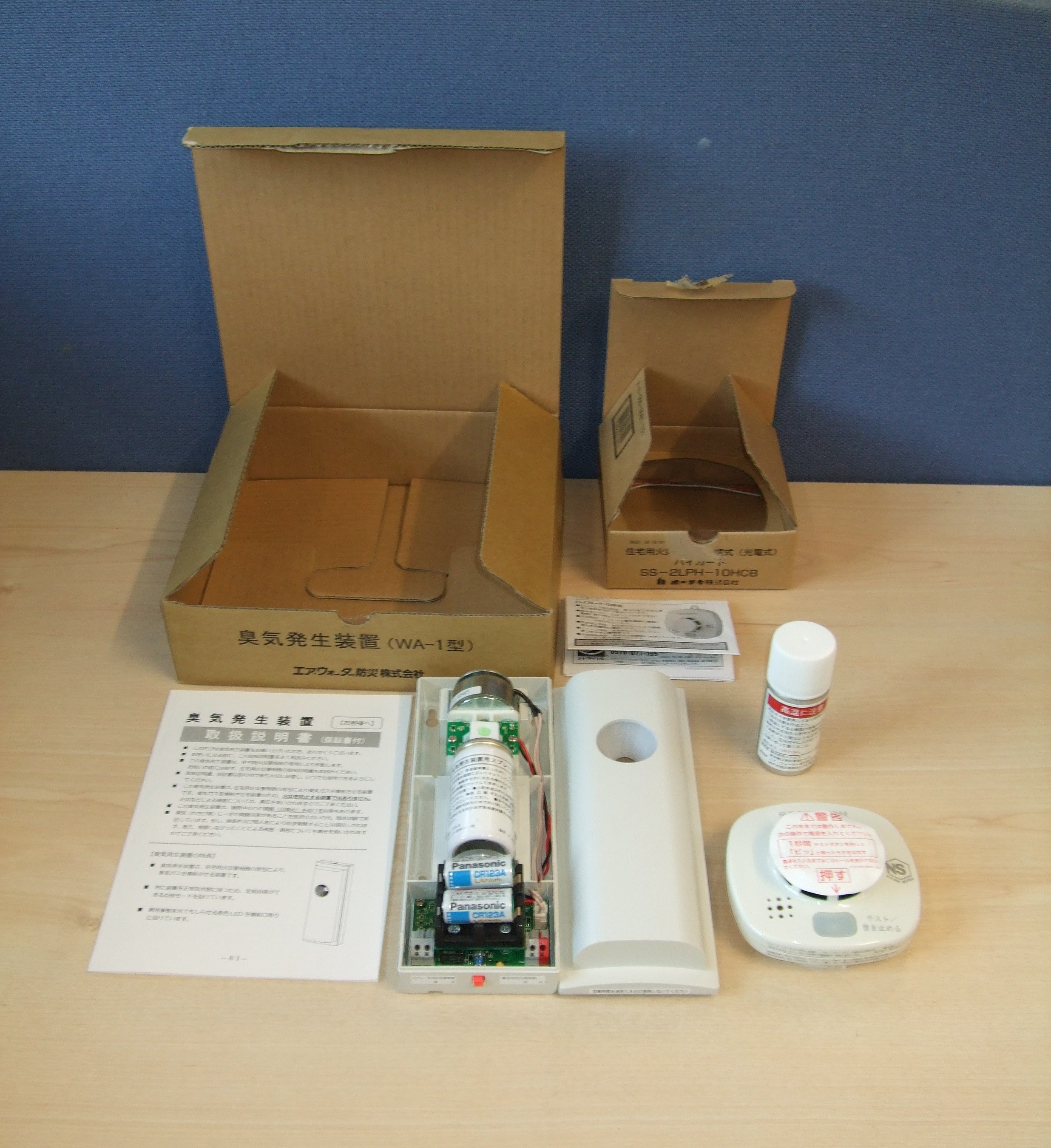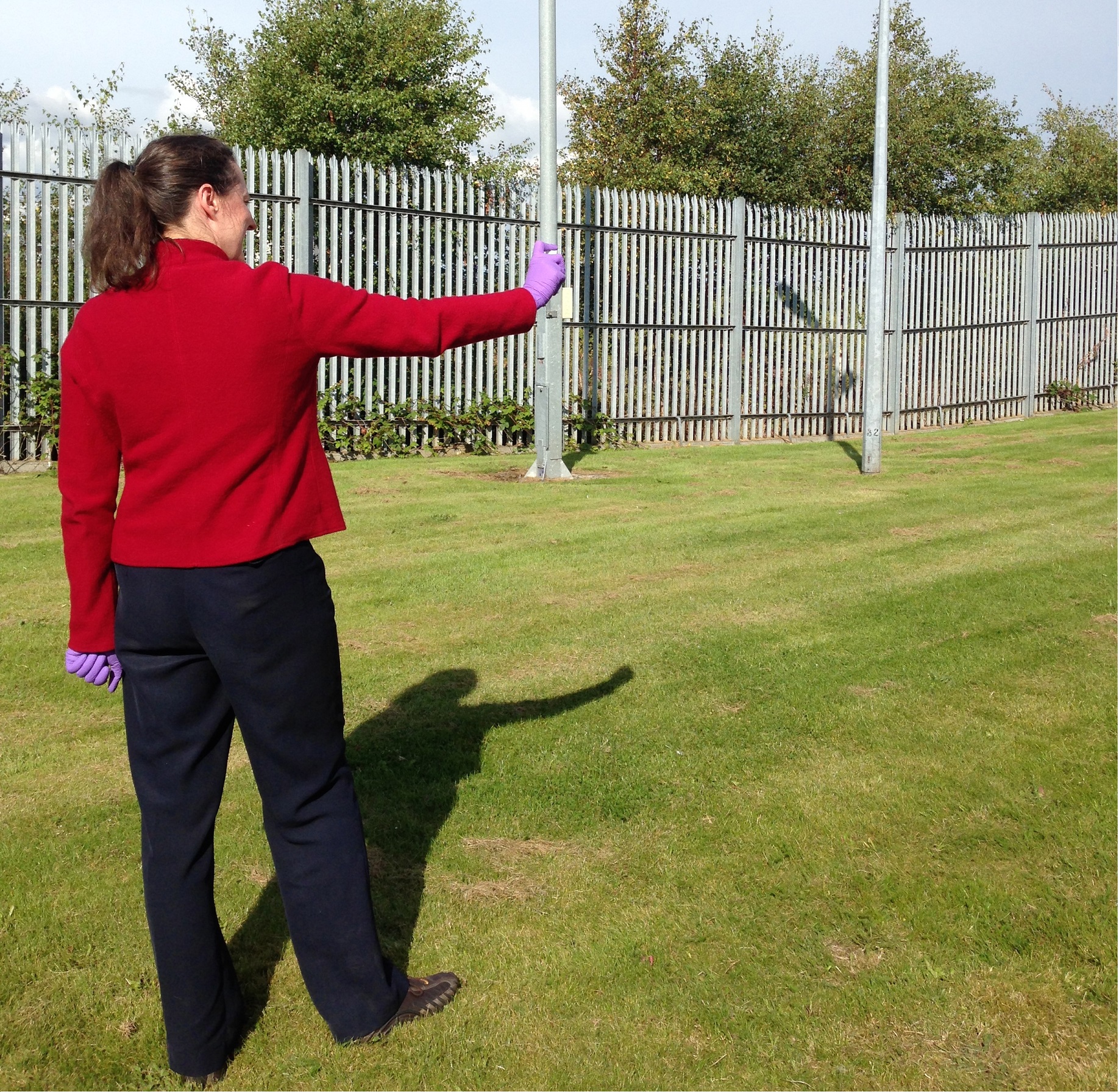The Ig Nobel Prizes are awarded annually for achievements that make people laugh, and then think – and the wasabi fire alarm, which was awarded the 2011 prize in chemistry, is a great example:
The Ig Nobel Chemistry Prize 2011: Makoto Imai, Naoki Urushihata, Hideki Tanemura, Yukinobu Tajima, Hideaki Goto, Koichiro Mizoguchi and Junichi Murakami of Japan, for determining the ideal density of airborne wasabi (pungent horseradish) to awaken sleeping people in case of a fire or other emergency, and for applying this knowledge to invent the wasabi alarm.
All homes (should) have the familiar smoke detectors, which wake us up in the middle of the night beeping because their battery is flat, or set up a piercing wail as we deal with a minor kitchen mishap and burnt food. But why make a fire alarm that sprays wasabi?

This device was born out of a genuine need for a fire alarm which would wake or alert people who would not hear the standard ones. Smoke detectors can be set to trigger flashing lights, but you need to be awake to see them. There are alarm clocks which shake the pillow as they go off and this could be linked to a fire alarm, but you need to be in the right place to notice them. The Japanese researchers behind this innovation looked at alternative ways of signalling the alarm. Which of the five senses would work?
- Not sound – they were seeking an alternative alarm for profoundly deaf people
- Sight is unlikely to wake people rapidly
- Touch can work with a vibrating wrist band, but is a nuisance to wear all the time for the unlikely event of a fire
- Taste has obvious problems
- Our sense of smell goes to sleep when we do, so that wouldn’t work either
However, the common division into five senses is a simplification and our sense of irritation or pain in response to certain chemicals is neither smell nor taste, and it’s still active as we sleep. The researchers found that breathing in air tainted with artificial wasabi essence (a chemical called allyl isothiocyanate) rapidly woke sleepers and brought people to alertness at least as fast as a siren.
As well as use by individual people who want one of these in their bedrooms or homes, this system has potential to be used in very noisy environments and where crowds might ignore other alarms, such as in nightclubs. It consists of a standard smoke detector wired up to an automatic spray containing a can of the wasabi essence, but could be expanded with more detectors and sprays to cover a wider area.

National Museums Scotland was offered an example of this fire alarm in 2012 and enthusiastically accepted. It was presented to the Museum by the inventor Makoto Imai after ‘Improbable After Dark’, an event on the Ig Nobel Prize tour. I found myself taking a bigger part in the event than I had anticipated, which included reading out, if I recall correctly, a list of foreign bodies medically removed from patients’ rectums. This lived up to the event’s name as one of the more improbable activities I have undertaken as part of my job.
As part of my job description, I also needed to ensure that the fire alarm was safe and stable so that it could remain in our collections in the long term. This meant checking that the batteries were separate and emptying the pressurised cans of wasabi essence: we didn’t want any risk of leakage in the collections in a few decades time. Learning from my streaming eyes at the event where the alarm had been demonstrated, I took precautions to avoid contact with the irritating, if reputedly edible, substance.

The wasabi fire alarm is now on display in our Technology by Design gallery in the National Museum of Scotland.